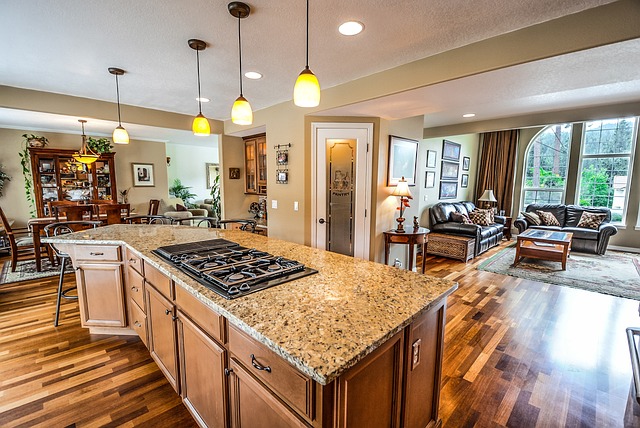In the fast-evolving world of home design, technology is no longer just a supporting tool—it has become the driving force behind innovation. Among the most groundbreaking advancements is Virtual Reality (VR), which is revolutionizing the way designers, architects, and homeowners visualize and experience interior spaces. VR home tours are changing the entire design process, offering immersive, realistic previews of spaces long before they are built.
What Are Virtual Reality Home Tours?
A virtual reality home tour allows users to explore a digital 3D model of a property in a fully immersive environment. With the help of VR headsets or even on-screen simulations, users can “walk through” a home, interact with design elements, and get a sense of scale, lighting, and layout as if they were physically there.
Unlike static blueprints or 2D renderings, VR gives a life-like experience that helps both professionals and clients make informed decisions about design elements such as furniture placement, wall colors, textures, and space utilization.
Bridging the Gap Between Vision and Reality
One of the biggest challenges in interior design has always been communication between designers and clients. Traditional sketches and 3D images often leave room for misinterpretation. With VR, that gap is bridged.
Clients can now walk through their future home, visualize design changes instantly, and provide feedback in real-time. This not only improves collaboration but also ensures the final result aligns perfectly with the client’s expectations.
Saving Time and Reducing Costs
VR home tours are not just visually impressive—they are cost-effective. By allowing users to experience and modify designs virtually, potential errors can be spotted early in the process. This reduces the need for expensive revisions during construction or renovation.
For developers and real estate agents, VR also cuts down on the time spent showcasing physical properties. Prospective buyers can take a virtual tour anytime, from anywhere in the world, significantly accelerating decision-making and sales processes.
Enhancing Creativity and Experimentation
Virtual reality empowers designers to experiment freely without the limitations of physical materials or budgets. Want to see how a room looks with marble floors or wooden panels? With VR, a designer can switch between styles, layouts, and lighting conditions with a single click.
This flexibility fosters creativity and allows clients to explore multiple design possibilities without incurring additional costs or delays.
A Game-Changer for Real Estate and Architecture
The impact of VR extends beyond interior design—it’s transforming architecture and real estate as well. Builders can use VR to present entire housing projects before construction begins, helping investors and clients visualize large-scale developments.
For interior designers, it means being part of a more integrated, data-driven process that combines architecture, aesthetics, and user experience.
The Future of Home Design Is Immersive
As VR technology continues to advance, the possibilities for interior design will only expand. Future developments may include AI-driven design recommendations, haptic feedback for texture simulation, and even integration with augmented reality (AR) for real-world customization.
Ultimately, virtual reality home tours are not just a trend—they represent the future of design visualization. They bridge imagination and reality, allowing homeowners and designers to co-create spaces that are not only beautiful but deeply personal and functional.
In Conclusion
Virtual reality is redefining how we imagine and build our homes. By turning abstract ideas into immersive experiences, it empowers everyone involved—from designers to homeowners—to make smarter, more creative, and more confident design choices. The era of envisioning spaces on paper is giving way to an era where you can walk through your dream home before it even exists.

